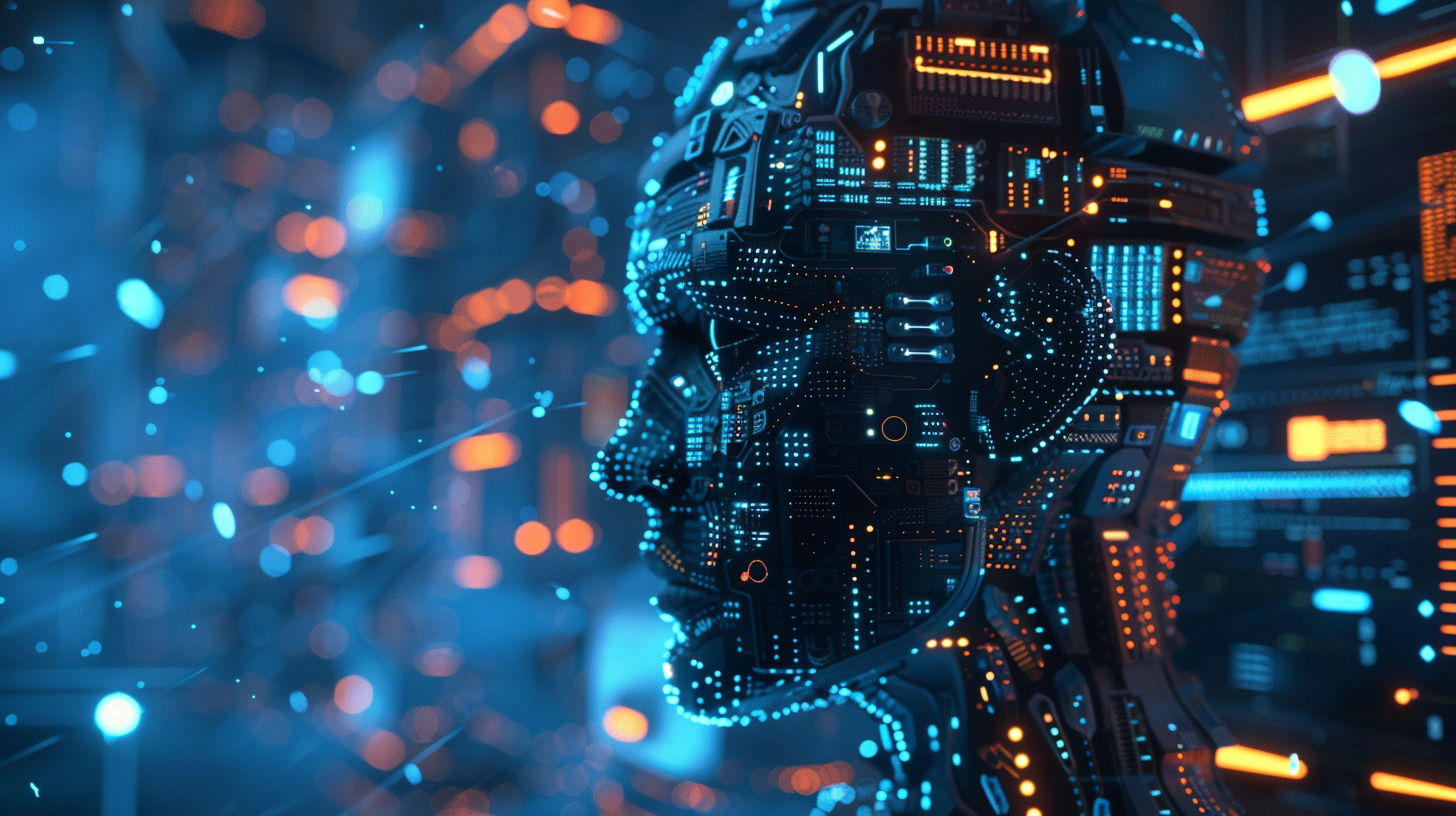The artificial intelligence revolution is rapidly reshaping industries across the globe, and Microsoft is doubling down with a massive $3.3 billion investment in Wisconsin. This multi-year commitment aims to transform the state into an AI innovation hub while positioning Microsoft as a preeminent leader in the generative AI market forecast to drive trillions in economic value creation.
At the core of Microsoft’s plans lies the construction of a cutting-edge $3.3 billion datacenter campus in Mount Pleasant, set to bolster the tech giant’s cloud computing muscle and AI capabilities. This modern facility, expected to be operational by 2026, will create thousands of new construction jobs over the next couple of years. More importantly, it will act as a launchpad for companies nationwide to access the latest AI cloud services and applications for driving efficiencies and growth across industries.
Microsoft isn’t just building physical infrastructure – it’s cultivating an entire ecosystem to proliferate AI adoption and expertise. A centerpiece is the establishment of the country’s inaugural manufacturing-focused AI Co-Innovation Lab. Housed at the University of Wisconsin-Milwaukee, this state-of-the-art facility will connect 270 local businesses directly with Microsoft’s AI experts. By 2030, the lab’s mission is to collaboratively design, prototype, and implement tailored AI solutions for 135 Wisconsin manufacturers and other participating companies.
This bold co-innovation strategy brings together key players like the startup fund TitletownTech, backed by the iconic Green Bay Packers franchise. Such partnerships could catalyze cross-pollination of ideas, talent, and domain expertise to keep Microsoft’s AI offerings razor-sharp and industry-relevant.
Perhaps most crucial is the workforce development component underpinning Microsoft’s Wisconsin roadmap. An overarching AI skilling initiative aims to train over 100,000 state residents in generative AI fundamentals by 2030 across industries. Specialized programs will also cultivate 3,000 accredited AI software developers and 1,000 cross-trained business leaders prepared to strategically harness AI capabilities.
The commitment extends beyond the technological aspects, with Microsoft earmarking funds for education, digital access, and community enrichment initiatives. A new 250-megawatt solar project and $20 million community fund for underserved areas demonstrate its intent for environmentally sustainable, inclusive growth.
From an investor’s perspective, Microsoft’s sweeping $3.3 billion investment could prove transformative on multiple fronts. It bolsters the company’s cloud infrastructure prowess while planting a strategic foothold in a resurgent manufacturing and innovation hub. This dynamic interplay could accelerate enterprise adoption of Microsoft’s AI offerings amid stiffening competition from rivals like Google, Amazon, and emerging AI startups.
Arguably more pivotal are the calculated workforce development and ecosystem-building initiatives underpinning this program. By nurturing a robust talent pipeline and collaborative networks spanning businesses, academic institutions, and community stakeholders, Microsoft is cultivating an AI market flywheel effect propelling its long-term competitive advantages.
The AI revolution’s socioeconomic impacts are poised to be transformative and profoundly disruptive over the coming decade. Generative AI alone could create trillions in annual economic value by 2030, according to some estimates. For investors, Microsoft’s multibillion-dollar Wisconsin commitment signals its intent to be an indispensable catalyst driving this seismic technological shift.
No investment of this scale and scope is without risk. Technological transitions breed uncertainty, and AI development remains a volatile, hyper-competitive battlefield. However, Microsoft’s holistic approach balancing infrastructure, innovation, talent, and sustainable growth principles could position it as an AI powerhouse for the modern era.
As the world inches toward an AI-driven future, all eyes should monitor how this Middle American heartland evolves into an unlikely nexus shaping the revolutionary capabilities poised to redefine sectors from manufacturing to healthcare, finance and beyond over the coming years.
